Tucked away in Vietnam’s remote northeast, Cao Bang travel offers one of the country’s most spectacular yet least explored destinations. This mountainous border region, sharing a 333-kilometer frontier with China’s Guangxi province, captivates visitors with its dramatic limestone landscapes, thundering waterfalls, and rich cultural tapestry of ethnic minority communities. As home to the magnificent Ban Gioc Waterfall – Vietnam’s largest natural waterfall – and the historically significant Pac Bo Cave where Ho Chi Minh began organizing Vietnam’s revolutionary movement in 1941, Cao Bang travel offers travelers an authentic glimpse into Vietnam’s natural wonders and revolutionary history.
Geographical and Cultural Overview of Cao Bang Travel
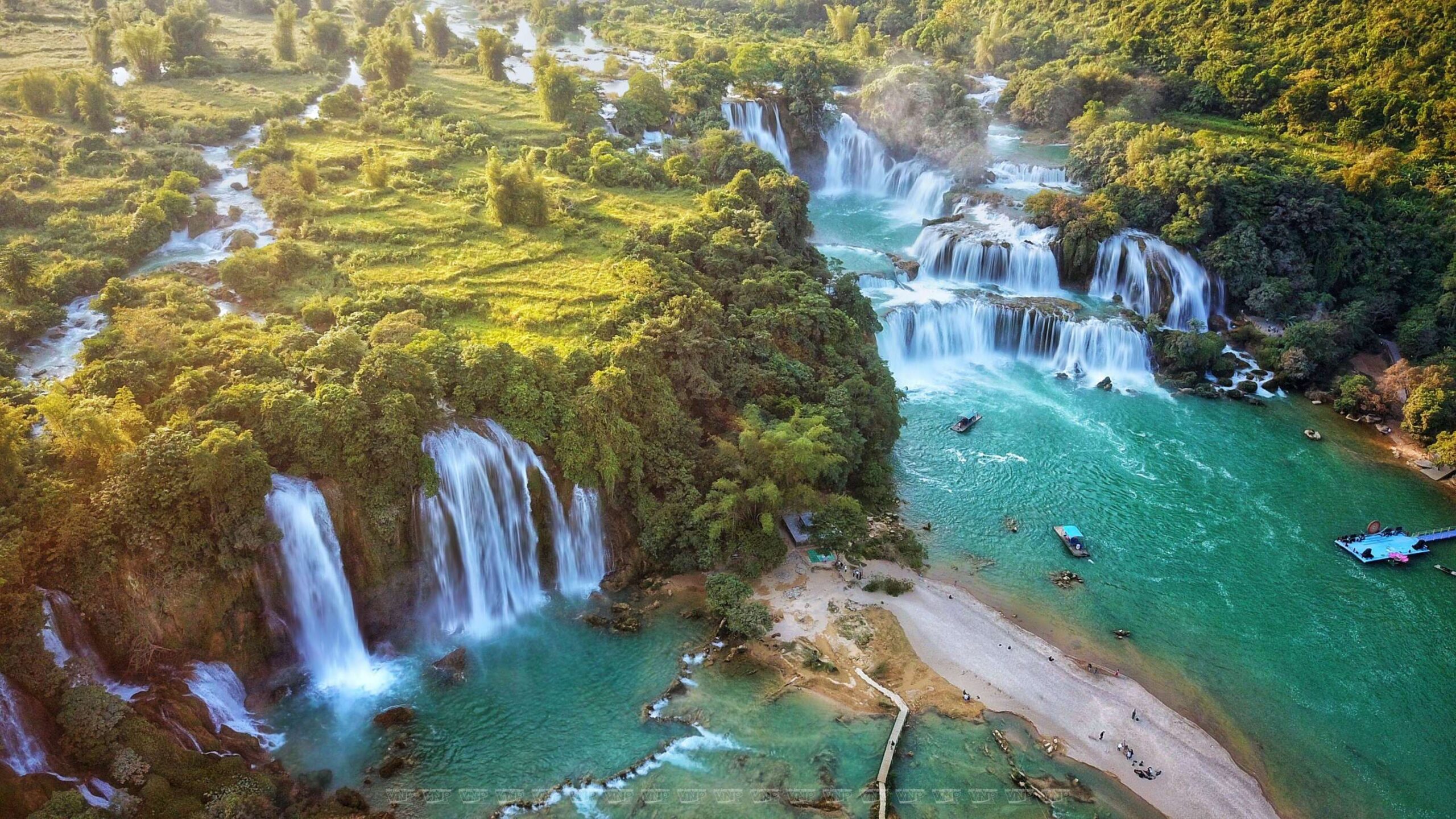
Cao Bang travel reveals a stunning landscape of jagged karst mountains, deep river valleys, and rolling highlands. The province has created distinct microclimates and ecosystems, earning it recognition as part of the UNESCO Global Geopark network. This varied landscape supports remarkable biodiversity while shaping the traditional lifestyles of the region’s ethnic communities, including the Tay, Nung, H’mong, and Dao peoples.
The provincial capital, Cao Bang City, serves as the main transportation hub for Cao Bang travel, while rural districts like Trung Khanh (home to Ban Gioc Waterfall) and Ha Quang (site of Pac Bo Cave) offer the most spectacular natural attractions. What makes Cao Bang travel particularly special is how its breathtaking scenery intertwines with living cultural traditions and historical sites, creating a destination that appeals to nature lovers, history enthusiasts, and cultural explorers.
>>>> Read More: Cao Bang Loop Tour – An Unique Journey From The MassesGetting to Cao Bang
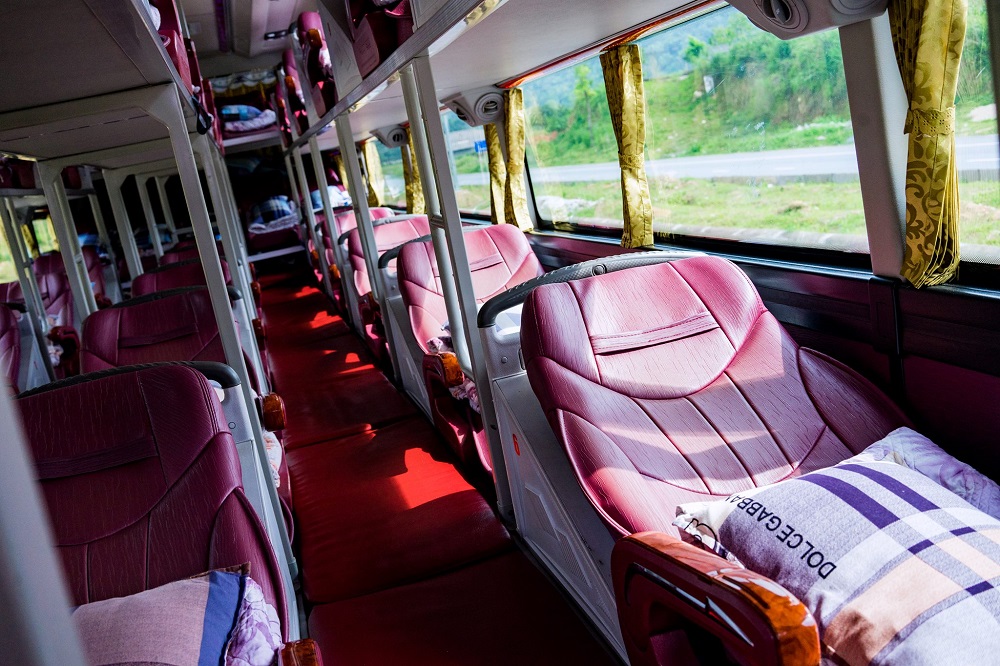
Reaching Cao Bang Travel requires some planning, but it rewards travelers with unforgettable landscapes along the way. From Hanoi, the 280-kilometer journey takes approximately 6-7 hours by road. Most travelers choose buses departing from My Dinh or Gia Lam stations, with reputable operators including Thanh Ly and Khanh Hoan offering comfortable rides for 200,000-300,000 VND. The route winds through the provinces of Thai Nguyen and Bac Kan, treating passengers to increasingly dramatic mountain vistas as they approach Cao Bang travel destinations.
For those coming from Ha Giang, the 150-kilometer route via Bao Lac district presents one of Vietnam’s most spectacular but challenging motorbike journeys. The DT212 road snakes through towering karst formations and ethnic minority villages, requiring 5-6 hours of careful riding. While public transportation options between Ha Giang and Cao Bang travel routes remain limited, adventurous travelers can arrange private transfers or join guided tours connecting these two northern gems.
Best Times for Cao Bang Travel
Cao Bang travel experiences vary significantly by season and elevation. The ideal visiting window falls between August and December when the weather is typically dry and cool. September through November brings the waterfall at its most powerful flow while the surrounding rice terraces turn golden, creating breathtaking landscapes. November also sees the hillsides burst into color with wild sunflower blooms.

The summer months from May to July offer lush greenery but come with higher chances of rainfall that can make some rural roads difficult to navigate. Winter brings crisp, cool days perfect for trekking, though temperatures can drop below 10°C at night in higher elevations. Regardless of when you visit, packing layers is essential for comfortable Cao Bang travel, as mountain weather can change rapidly.
Top Attractions and Experiences
1. Ban Gioc Waterfall
No Cao Bang travel itinerary is complete without beholding the awe-inspiring grandeur of Ban Gioc Waterfall, Vietnam’s largest and most spectacular natural waterfall. Straddling the border between Vietnam and China’s Guangxi province, this breathtaking cascade plunges 30 meters over staggered limestone tiers, stretching an impressive 300 meters wide. The Quay Son River, which feeds the falls, carves a dramatic path through the karst mountains, creating a thunderous spectacle that echoes across the valley.
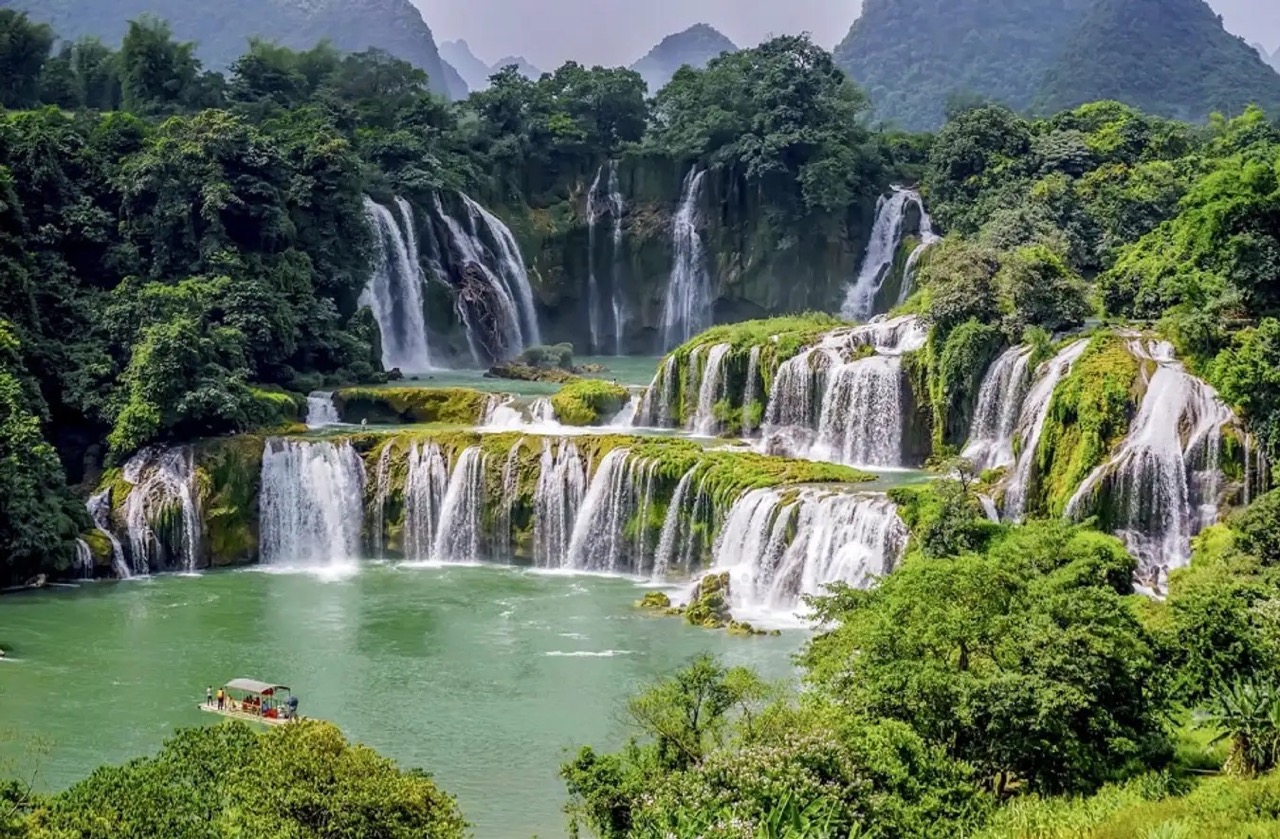
Ban Gioc is at its most powerful between August and November when monsoon rains swell the river, transforming the falls into a roaring, mist-shrouded wonder. The surrounding landscape bursts into vibrant shades of green, with terraced rice fields and jagged peaks framing the scene. Visitors can experience this highlight of Cao Bang travel from multiple perspectives, from taking a traditional bamboo raft ride to feel the spray on their faces, hiking along well-marked trails to panoramic viewpoints, or simply relaxing on the riverbanks to absorb the natural symphony of rushing water and birdsong.
For photographers, the early morning light casts a golden glow over the falls, while late afternoons often bring rainbows dancing in the mist. The nearby border market offers a glimpse into local trade between Vietnamese and Chinese merchants, adding cultural intrigue to the natural splendor.
2. Nguom Ngao Cave
Just two kilometers from Ban Gioc lies one of Vietnam’s most spectacular cave systems – Nguom Ngao. This hidden underground labyrinth stretches nearly 2.5 kilometers, though only a portion is accessible to visitors. Stepping inside, explorers are greeted by an otherworldly realm of towering stalactites and stalagmites, some resembling mythical creatures, ancient trees, or cascading waterfalls frozen in stone.
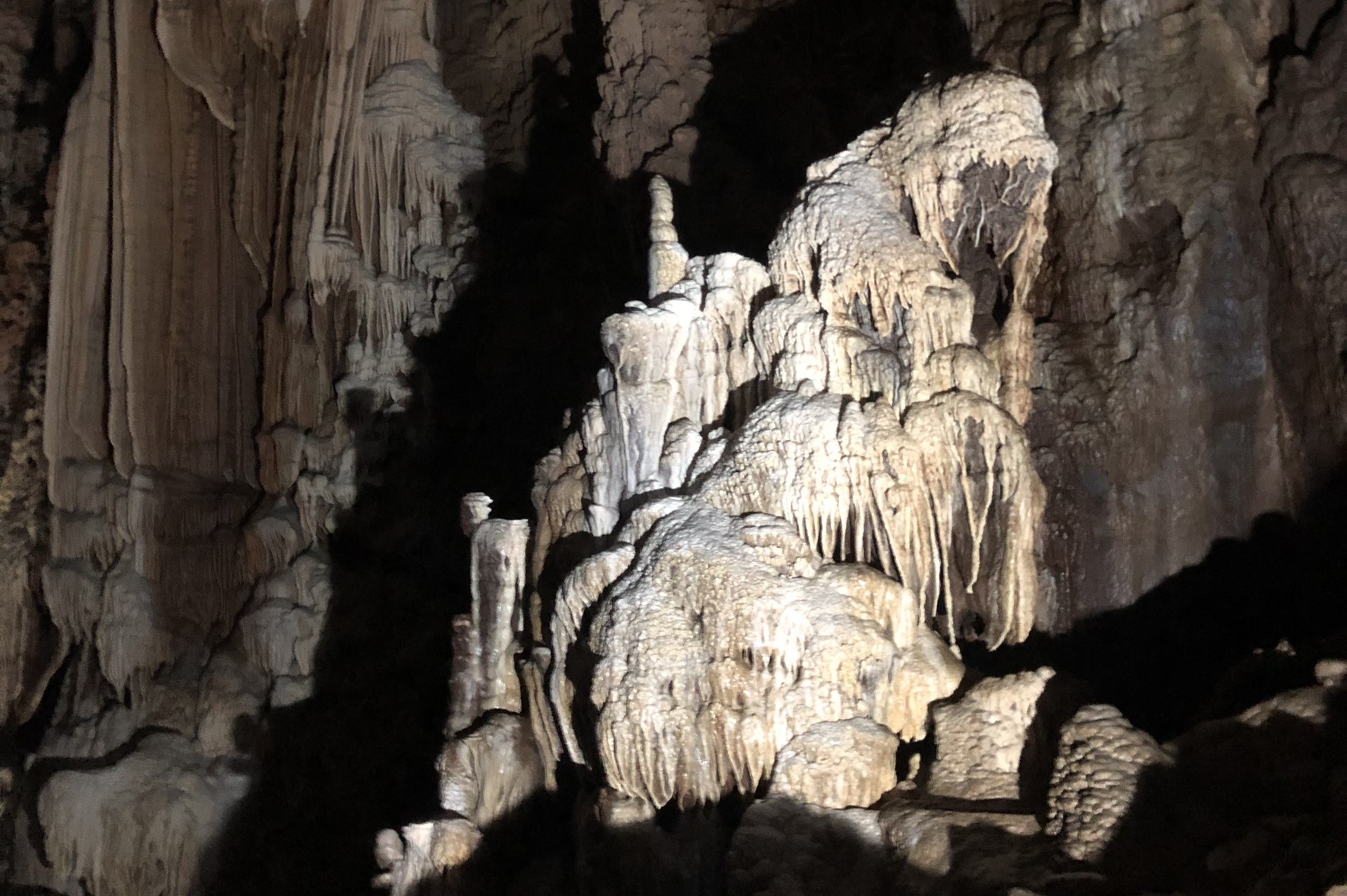
The cave’s name, meaning “Tiger Cave” in the Tay language, originates from local legends of tigers once sheltering within its chambers. Today, well-lit walkways guide visitors through its most breathtaking sections, including the “Fairy Chamber”, where delicate formations glitter under carefully placed lighting, and the “Stone Waterfall,” a massive flowstone formation mimicking a frozen cascade. The cave maintains a cool, constant temperature year-round, offering a refreshing escape from the tropical heat outside.
Beyond its geological wonders, Nguom Ngao holds historical significance, where Viet Minh soldiers used its hidden passages during the resistance against French colonial forces. Guides often share stories of the cave’s role in local history, adding depth to your Cao Bang travel expeditions.
3. Pac Bo Historical Site
For history enthusiasts, Pac Bo is nothing short of sacred ground – the place where Ho Chi Minh, after 30 years of exile, secretly re-entered Vietnam in 1941 to organize the revolutionary movement against French rule. Nestled in the rugged mountains of Ha Quang district, this tranquil site preserves the humble cave where Uncle Ho lived and worked, surrounded by dense forests that provided natural cover.
Visitors can follow the same paths he once walked, including the Lenin Stream (named by Ho Chi Minh himself) and the Karl Marx Mountain. The small but informative museum displays artifacts from the revolutionary period, including handwritten notes and simple tools used by the resistance fighters. The surrounding landscape remains remarkably untouched, with crystal-clear streams, wild orchids, and the calls of forest birds creating a serene atmosphere that belies the site’s historical importance.
Many Vietnamese pilgrims visit Pac Bo as part of their Cao Bang travel journey, and foreign travelers often leave with a deeper understanding of Vietnam’s struggle for independence. The site’s combination of natural beauty and historical weight makes it a profoundly moving experience.
4. Thang Hen Lake
Tucked between towering limestone peaks in Tra Linh district, Thang Hen Lake is one of Cao Bang’s most enchanting natural wonders. This emerald-green alpine lake is part of a system of 36 interconnected pools, each nestled in its own mountain hollow. What makes Thang Hen particularly fascinating is its mysterious tidal behavior; despite being far from the ocean, the water level rises and falls dramatically, a phenomenon locals attribute to underground river systems.
The best way to experience Thang Hen is by renting a small bamboo boat to glide across its glassy surface, surrounded by sheer cliffs draped in jungle vegetation. Early mornings often bring a mystical fog that swirls over the water, while sunny days reveal the lake’s stunning clarity, with visibility extending several meters down. Nearby, simple stilt-house restaurants serve fresh-caught fish grilled with wild herbs, allowing visitors to dine with a front-row view of this natural masterpiece.
According to Tay ethnic legends, the lake was formed from the tears of a heartbroken man, adding a layer of poetic melancholy to its already captivating beauty.
5. Phia Oac-Phia Den National Park
Often called the “roof of Cao Bang”, Phia Oac-Phia Den National Park is a high-altitude wonderland where Vietnam’s northernmost winters bring a rare and magical transformation. Between December and February, temperatures can drop below freezing, coating the pine forests in delicate frost and occasionally even light snow.
The park’s diverse ecosystems range from subtropical evergreen forests to cloud-veiled alpine meadows, home to rare species like the Tonkin snub-nosed monkey and the elusive clouded leopard. Trekking trails wind past cascading waterfalls, through bamboo groves, and up to panoramic viewpoints like Phia Oac Peak (1,931m), where on clear days, the view stretches to China.
Beyond its natural splendor, the area holds remnants of French colonial-era mining operations, including abandoned villas now reclaimed by the forest—eerie yet fascinating relics of history. For adventurers, camping under star-filled skies in this pristine wilderness is an unforgettable experience, with the crisp mountain air and complete serenity offering a true escape from modern life.
Each of these sites reveals a different facet of Cao Bang’s extraordinary character, from the raw power of Ban Gioc to the quiet dignity of Pac Bo, the hidden depths of Nguom Ngao, the mystical allure of Thang Hen, and the rugged beauty of Phia Oac-Phia Den. Together, they form a mosaic of experiences that make this remote corner of Vietnam unforgettable.
Accommodation Options
Cao Bang travel offers lodging options to suit various travel styles and budgets. For authentic cultural experiences, homestays in traditional Tay and Nung stilt houses provide the most immersive options. Ban Gioc Homestay near the waterfall offers simple but comfortable accommodations where guests can participate in daily village life and enjoy home-cooked regional specialties. In Cao Bang City, Kha Ban Homestay provides a convenient urban base while still offering cultural exchange with Nung hosts.
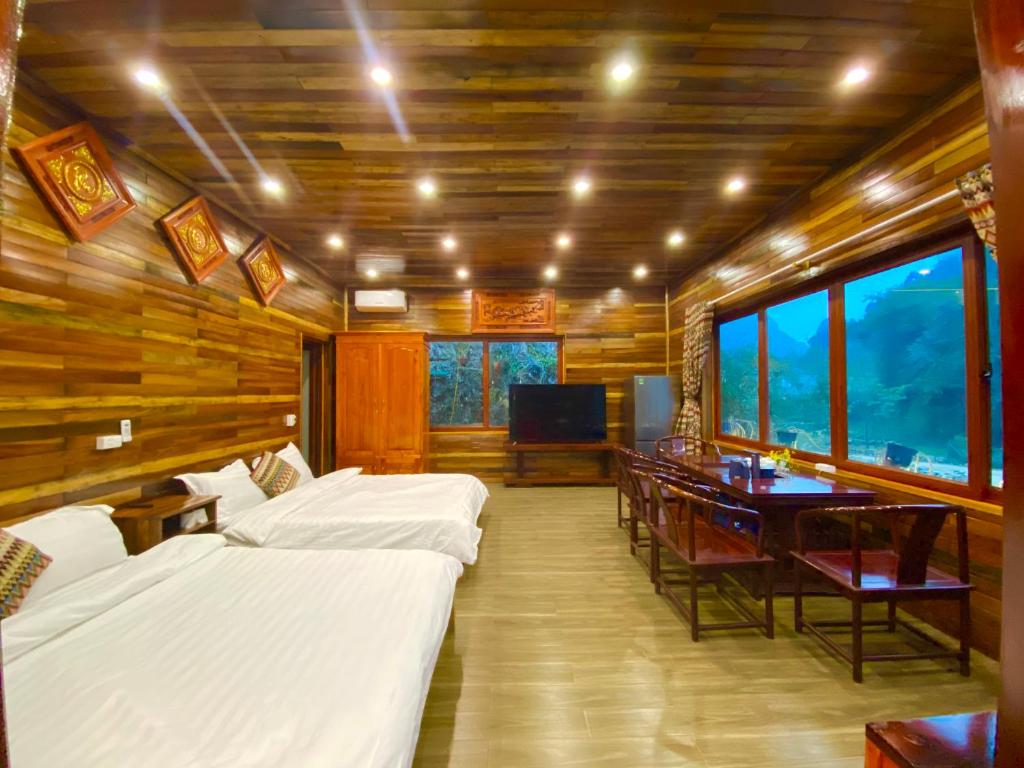
Those preferring more conventional accommodations will find several comfortable hotels in Cao Bang City, such as Thanh Loan Hotel with its modern amenities and central location. Near Nguom Ngao cave, Lan Rung homestay offers basic but clean rooms with beautiful mountain views. Budget-conscious travelers can opt for hostels, which provide affordable dorm beds and a social atmosphere ideal for meeting fellow travelers.
>>>>> Explore other Cao Bang Accommodation in this blog to prepare for your Cao Bang Travel!Local Cuisine
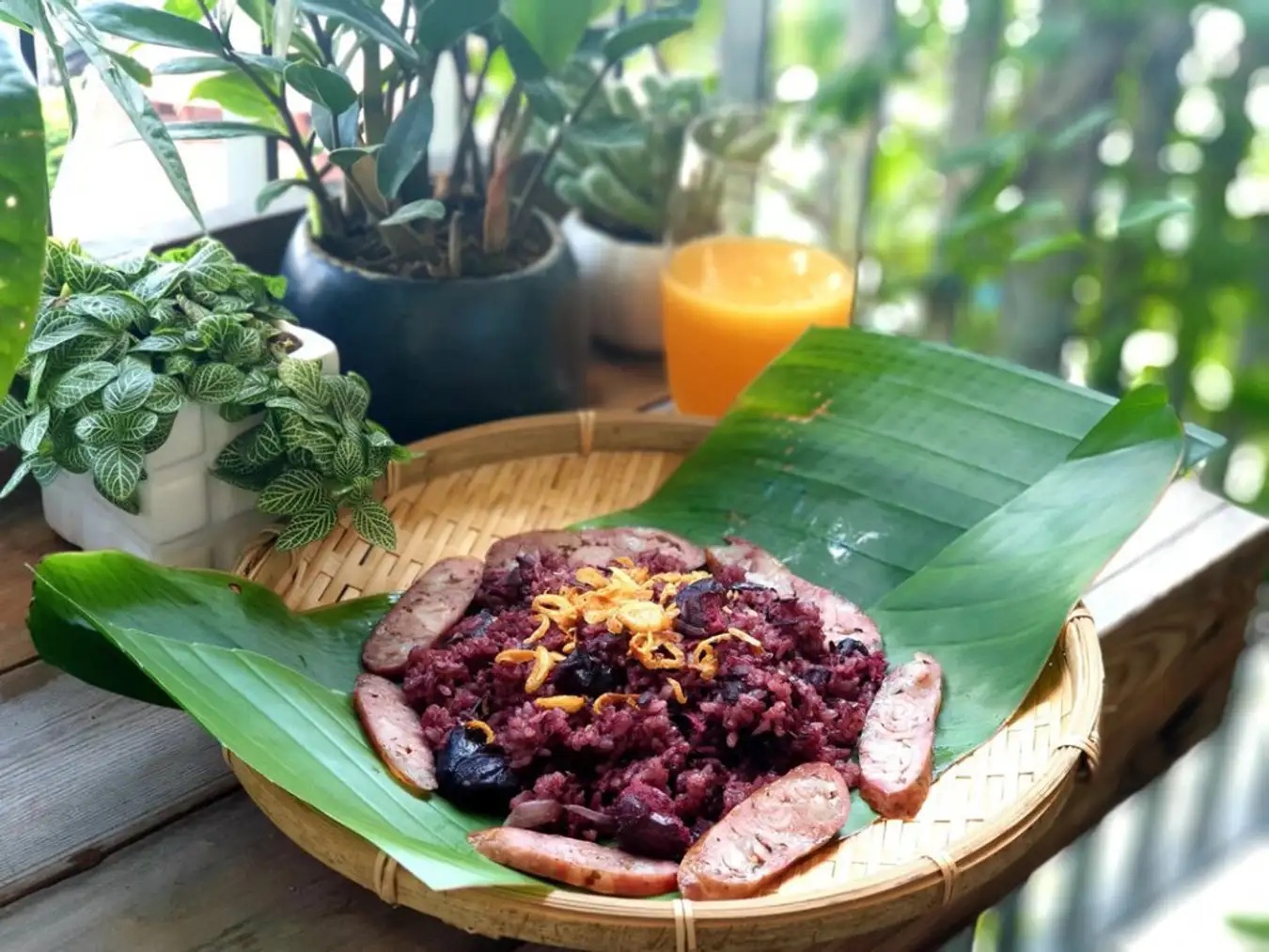
Cao Bang travel offerings reflect its ethnic diversity and mountainous terrain. Phở chua (sour pho) stands out as a local specialty, featuring rice noodles in a tangy fermented broth topped with herbs, peanuts, and shredded vegetables. Bánh cuốn Cao Bằng, delicate steamed rice rolls filled with minced pork and wood ear mushrooms, showcase the region’s take on this Vietnamese classic.
Mountainous ingredients feature prominently in Cao Bang food, from wild bamboo shoots to forest mushrooms and free-range meats. Grilled river fish, smoked buffalo, and sticky rice cooked in bamboo tubes are common offerings at local markets and homestays. Visitors shouldn’t miss trying the region’s famous five-color sticky rice, a vibrant dish prepared using natural plant dyes that holds cultural significance for local ethnic groups.
Practical Cao Bang Travel Tips
When exploring Cao Bang, several practical considerations will enhance your experience. Cash remains essential as ATMs are scarce outside the provincial capital, and most rural homestays don’t accept credit cards. Transportation requires planning – while motorbikes offer the most flexibility (available for rent in Cao Bang City for about 200,000 VND per day), travelers should note that fuel stations become infrequent in remote areas.
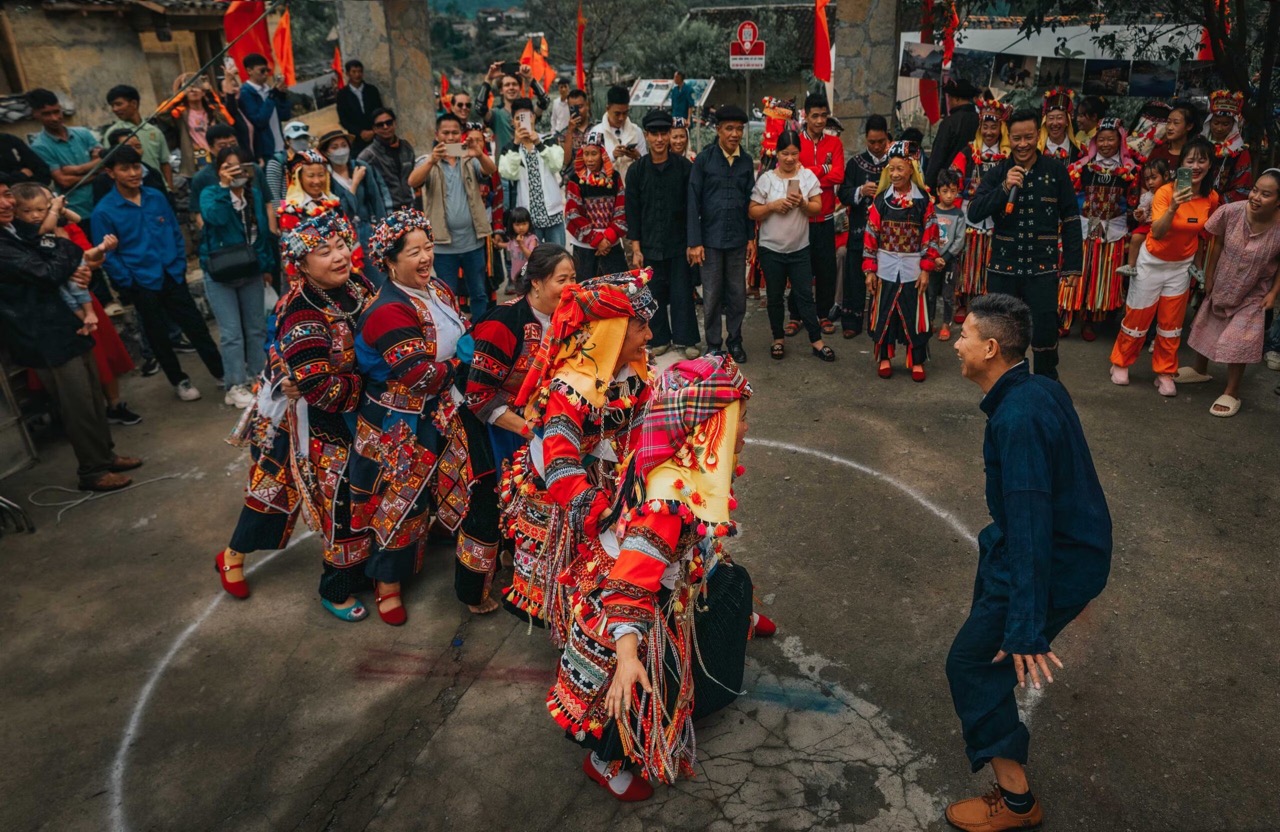
Packing appropriately for variable mountain weather is crucial, with warm layers recommended even in summer months. Respectful travel practices include asking permission before photographing local people and being mindful of cultural norms in ethnic minority villages. As accommodation options in popular areas like Trung Khanh can fill quickly during peak seasons (September-November and around Vietnamese holidays), advance bookings are advisable.
Conclusion
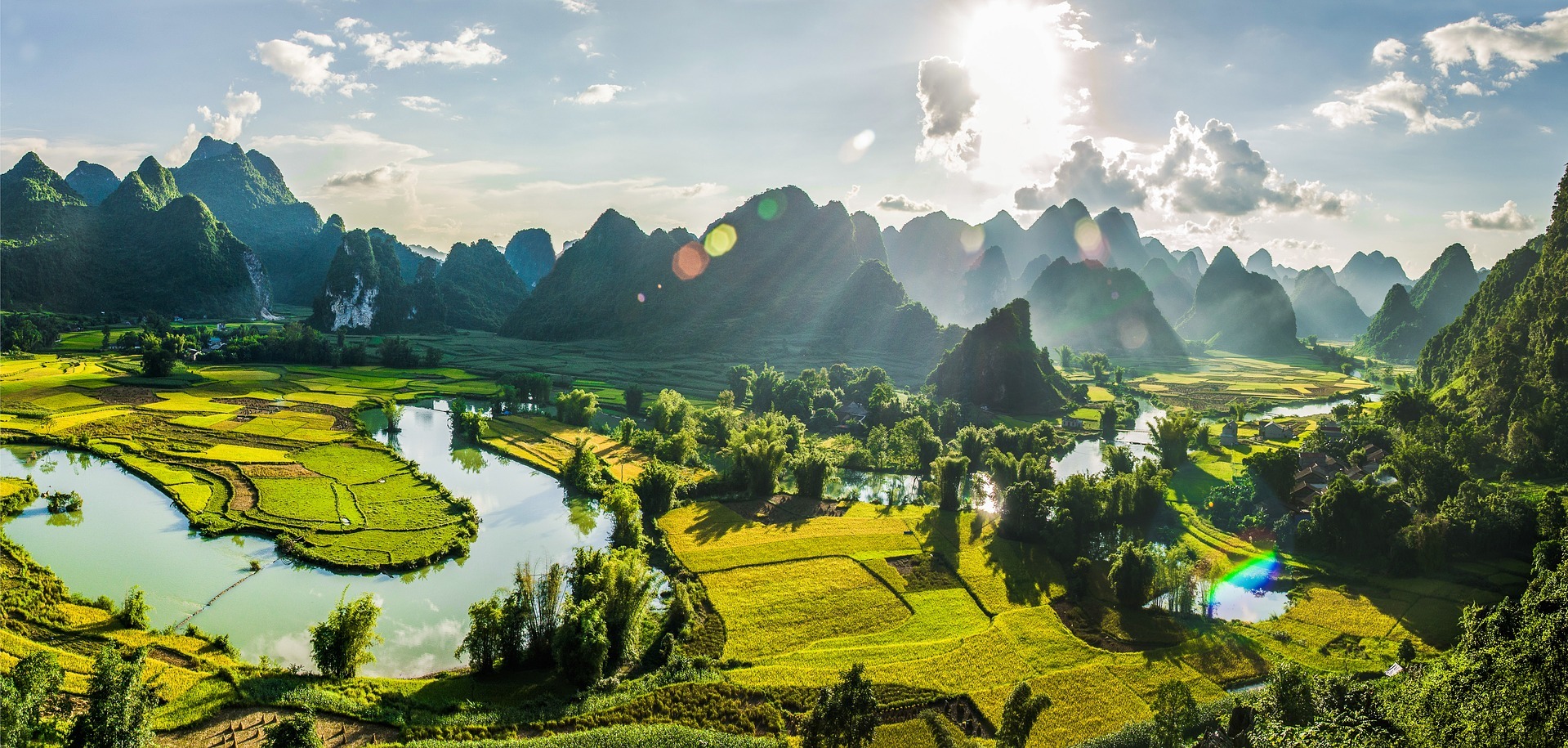
Cao Bang travel represents one of northern Vietnam’s most rewarding destinations for travelers seeking unspoiled nature, cultural authenticity, and historical significance. From the thunderous beauty of Ban Gioc Waterfall to the revolutionary legacy of Pac Bo and the warm hospitality of ethnic minority communities, a Cao Bang travel trip offers experiences that linger in memory long after departure.
While reaching Cao Bang requires more effort than Vietnam’s more touristed areas, this very remoteness has preserved its pristine landscapes and traditional ways of life. Whether you come for the breathtaking scenery, the rich history, or the cultural immersion, Cao Bang promises an adventure that captures the essence of Vietnam’s northern frontier. With careful planning and an adventurous spirit, visitors will discover why this remarkable region remains one of Southeast Asia’s most captivating hidden gems.
>>>> Explore More: A North Vietnam Travel Full Guide For Beginners
Want to see Cao Bang like a local, not just a tourist? Let YESD Responsible Tour craft a journey that goes beyond the usual routes. Our local guides will lead you through the rich cultural tapestry of Cao Bang, from traditional villages to stunning hidden landscapes, and tailor your experience to suit your interests and travel style. Book your Cao Bang tour with us here!